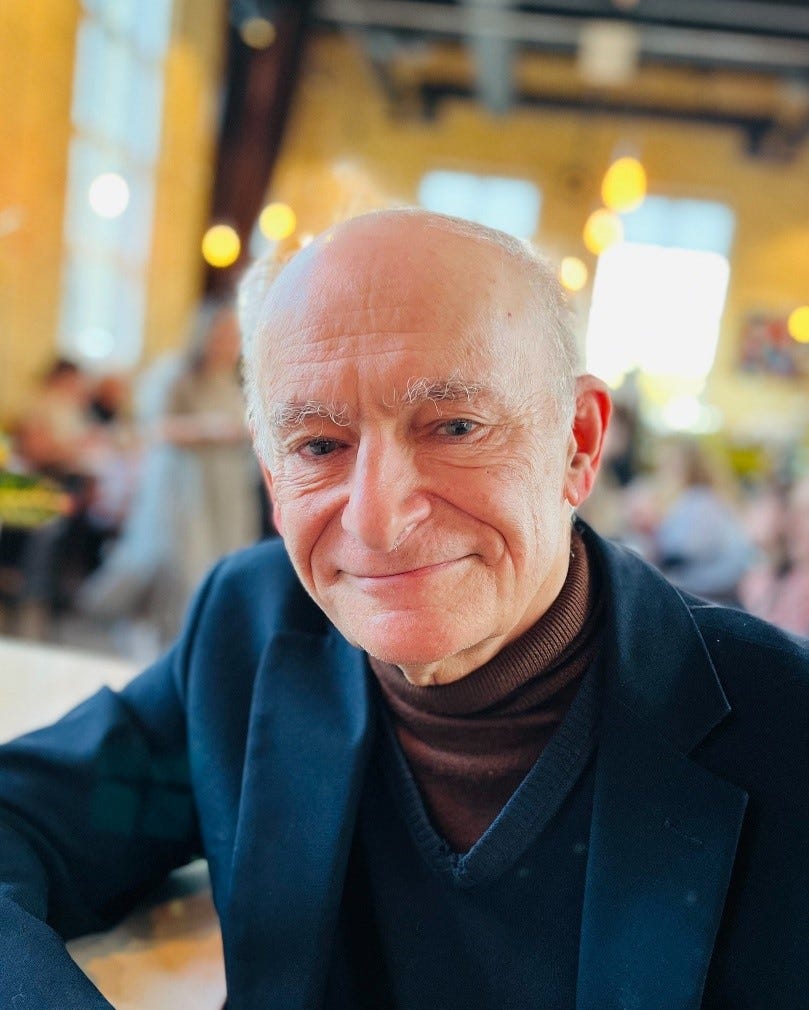Racial Friction in New Zealand
For every government in New Zealand, the year commences with a focus on Maori affairs. For historical reasons most political parties undertake a pilgrimage to the Ratana Church on the 25th of January to commemorate the birthday of the congregation’s prophet, Tahupōtiki Wiremu Rātana. It is a reserved affair: politicians are discouraged from grandstanding and expected to listen to the concerns of the Ratana movement (by no means representative of all Maori). Marvellously, they do.
Waitangi Day, New Zealand’s national day, is celebrated on the 6th of February. By tradition politicians travel to the Waitangi Marae (meeting grounds), the site of the signing of the treaty between the British Empire and many Maori tribes which most New Zealanders consider the country’s founding document.
Democracy in New Zealand has eroded over the last six years of a radical Labour/Green regime
Maori protocol is fairly strictly maintained within the Marae (female politicians require a dispensation in order to speak, for instance) but outside things can be rather raucous. In the past Maori and their non-Maori supporters have used the occasion to express discontent, with some protests turning confrontational and descending into violence. As recently as 2009 former Prime Minister John Key was assaulted on his way onto the Treaty Grounds. While most Waitangi Days at Waitangi are one big Kiwi picnic, confrontations between angry demonstrators and lines of police are not unknown.
Against the backdrop of these occasions is the culture wars. On one side are the proponents of democracy comprising the vast majority of non-Maori New Zealanders. On the other are the proponents of Maori separatism comprising the tribal elites, their progressive allies, and those ordinary Maori who agree with their point of view. The essence of the disagreement is in interpretation of the Treaty of Waitangi (Te Tiriti o Waitangi.)
“The Treaty” as it is known in Kiwi parlance is a relatively simple document in its original English form: ceding sovereignty to the Crown with equal rights as British subjects and property rights guaranteed. In the Maori version the language is more open to interpretation. Some doubt whether Maori ceded sovereignty at all, complicated by the fact some Maori tribes didn’t sign it.
The confusion surrounding interpretation has led to the development of the Principles of the Treaty. Although never defined, the Principles permeate legislation and proliferate throughout the public sector. At the core of the previous Labour/Green regime’s radical interpretation of the Principles is racial segregation: Maori at 16% of the population sharing equal authority with the 84% non-Maori population, euphemistically referred to as “co-governance.”
In some respects, it is reminiscent of Apartheid.
The Waitangi Tribunal was established in the 1970s to negotiate compensation from the Crown for the various Maori tribes due to historical Treaty breaches. A programme of “full and final” settlements has been underway ever since. The majority of Kiwis support these settlements as fair and believed the end to be in sight as the number of outstanding negotiations dwindled. Their disappointment at learning this was not to be the case and that Maori were instead demanding an end to equal suffrage was a major factor in the overwhelming victory of the centre-right coalition at the November general election.
For every government in New Zealand, the year commences with a focus on Maori affairs.
Both of the winning minor parties signed coalition agreements with the major National party that included Maori specific policy. The populist NZ First party promised to ensure English would be used across the public sector so the 97% of Kiwis who don’t speak te reo Maori could understand government communications. The libertarian ACT party undertook to deliver a referendum to define the Principles of the Treaty but the other two parties could only bring themselves to go as far as to support a parliamentary bill through to First Reading. For its part, National said that co-governance would be entirely removed from the delivery of public services and eligibility would be determined by need instead of by race.
This shared policy platform enrages the Maori elite and those who benefited from the previous Labour/Green regime’s largesse, predictably leading to tiresome accusations of racism. New Zealand is perhaps the only country in the world where ‘inherently racist tyranny of the majority’ is regarded as a valid description of democracy. Indeed, variations of this sentiment regularly appear in our national discourse, espoused by the left-wing.
Other intemperate remarks from left-wing politicians such as threats to “go to war” certainly haven’t helped, instead exacerbating tensions. Tensions that may be violently expressed outside Te Tii Waitangi marae on New Zealand’s national day.
Democracy in New Zealand has eroded over the last six years of a radical Labour/Green regime and the country now stands at a crossroads. Our society is confronted by fundamental challenges to our constitutional arrangements and the choice is simple: either we’re a multicultural liberal democracy or we’re a bi-cultural ethno-state.
Fortunately, the overwhelming majority of New Zealanders believe we are one people, and this was the intention of the signatories to the Treaty of Waitangi in 1840. Redress for past injustices is right and proper, the imposition of Apartheid is not.

Simon Anderson is a technology consultant from Auckland, New Zealand. He believes in the fundamental right of all people to exercise their democratic rights peacefully, particularly with regard to free speech. Simon came into public consciousness as a video-documentarian during the trans rights counter protests in Auckland during March 2023.































